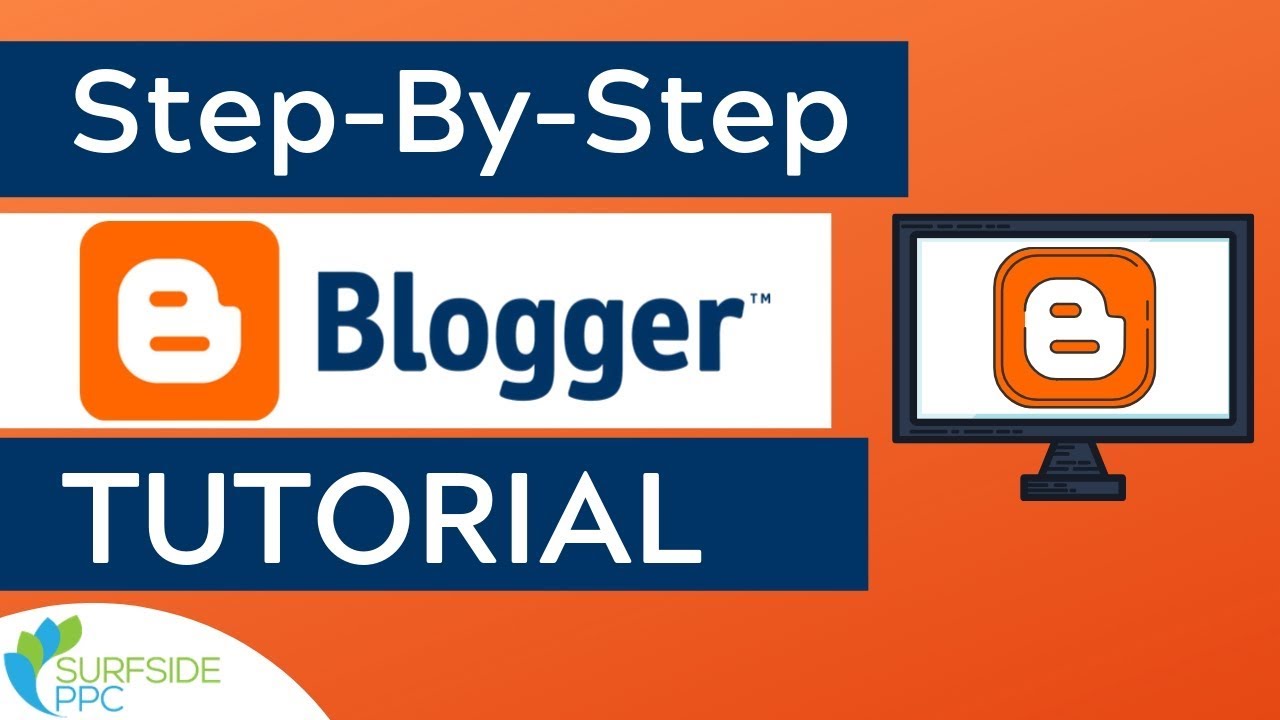How to Create a Domain for Blogging
Starting a blog is an exciting venture that allows you to share your thoughts, knowledge, and expertise with the world. However, before you can begin creating content, you need to establish a domain name for your blog. A domain name is like your blog’s address on the internet, and it plays a crucial role in defining your blog’s identity. In this article, we will guide you through the process of creating a domain for blogging.
Choose the Right Domain Name
The first step in creating a domain for your blog is choosing the right domain name. Your domain name should be descriptive, memorable, and easy to spell. It should also reflect the topic or niche of your blog. Avoid using numbers or hyphens in your domain name, as they can be confusing for visitors. You can use domain name generators to help you come up with ideas for your domain name. Once you have decided on a domain name, you can check its availability on a domain registrar website.
Register Your Domain Name
Once you have found an available domain name that you like, it’s time to register it. Domain registration involves purchasing the rights to use a particular domain name for a specified period, usually one year. You can register your domain name through a domain registrar or a hosting provider. When registering your domain name, make sure to provide accurate contact information to avoid any issues in the future. You can also choose to protect your personal information by opting for domain privacy protection.
Choose a Reliable Hosting Provider
After registering your domain name, you need to choose a hosting provider to store your blog’s files and make it accessible on the internet. When selecting a hosting provider, consider factors such as uptime, speed, security, customer support, and pricing. Some popular hosting providers include Bluehost, SiteGround, and HostGator. Once you have signed up for a hosting plan, you can link your domain name to your hosting account.
Set Up Your Blogging Platform
Now that you have a domain name and a hosting provider, it’s time to set up your blogging platform. WordPress is the most popular platform for creating and managing blogs, thanks to its user-friendly interface, customizable themes, and extensive plugin library. You can install WordPress on your hosting account with just a few clicks using the one-click installer provided by your hosting provider. Once WordPress is installed, you can customize your blog’s appearance and start creating content.
Customize Your Blog
To make your blog stand out and reflect your unique style, you can customize its appearance by choosing a theme and adding custom headers, footers, and widgets. WordPress offers thousands of free and premium themes that you can use to personalize your blog’s design. You can also install plugins to add functionality to your blog, such as social media sharing buttons, contact forms, and SEO tools. Experiment with different themes and plugins to find the ones that suit your blogging needs.
Start Creating Content
With your domain name, hosting provider, and blogging platform set up, you can now start creating content for your blog. Write high-quality, engaging posts that provide value to your readers and reflect your expertise in your niche. Include images, videos, and infographics to make your posts visually appealing. Consistency is key to building a loyal audience, so try to publish new content regularly. Promote your blog on social media and engage with your readers through comments and feedback.
Conclusion
Creating a domain for blogging is the first step towards building a successful blog. By choosing the right domain name, registering it, selecting a reliable hosting provider, setting up your blogging platform, customizing your blog, and creating engaging content, you can establish a strong online presence and attract a loyal audience. Remember to stay consistent, interact with your readers, and continuously improve your blog to achieve long-term success.
